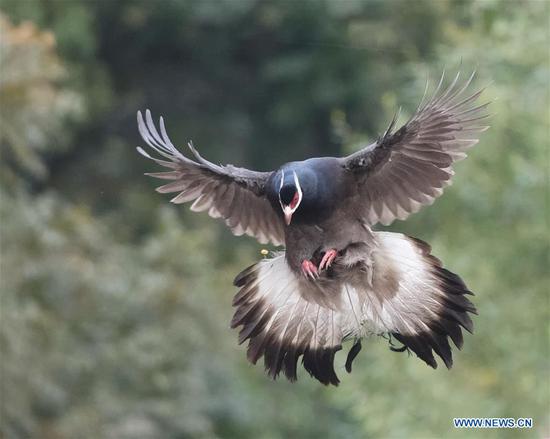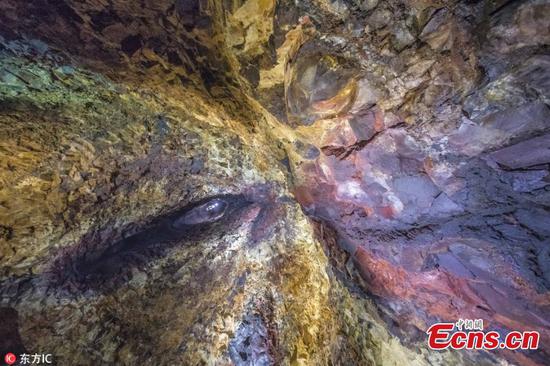Many mammal species could be extinct in the next five decades, with nature needing three to five million years to recover, said Danish and Swedish researchers.
The study published on Monday in the Proceedings of the National Academy of Sciences showed that the sixth mass extinction was happening now, not caused by natural disasters, but by humans.
The extinctions are moving too rapidly for evolution to keep up, because if mammals diversify at their normal rates, fifty years later, it will still take them five to seven million years to restore biodiversity to its level before modern humans evolved, and three to five million years to reach current biodiversity levels.
Researchers said that not all species have the same significance. Some extinct animals with few close relatives, like the Australian leopard-like marsupial lion or the strange South American Macrauchenia (imagine a lama with an elephant trunk) were evolutionary distinct lineages.
Therefore, when these animals became extinct, they took whole branches of the evolutionary tree of life with them, so the unique ecological functions and the millions of years of evolutionary history were lost, according to the study.
"There are hundreds of species of shrew, so they can weather a few extinctions. There were only four species of saber-toothed tiger; they all went extinct," said paleontologist Matt Davis from Aarhus University.
The researchers came up with a best-case scenario of the future, where humans have stopped destroying habitats and eradicating species.
However, even with this overly optimistic scenario, it will take mammals three to five million years just to diversify enough to regenerate the branches of the evolutionary tree that they are expected to lose over the next 50 years.


















































